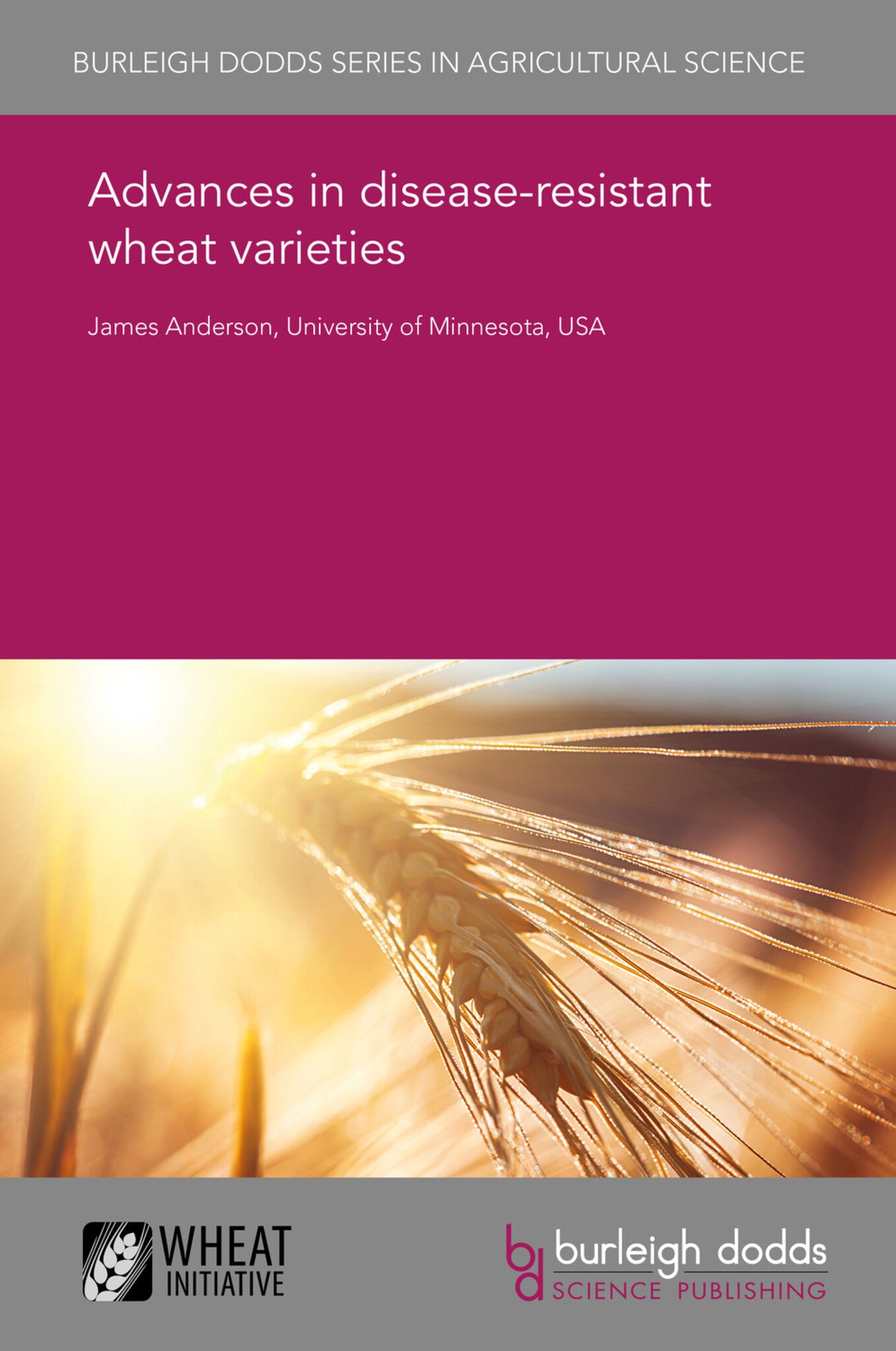We're sorry. An error has occurred
Please cancel or retry.
Advances in disease-resistant wheat varieties

Some error occured while loading the Quick View. Please close the Quick View and try reloading the page.
Couldn't load pickup availability
- Format:
-
31 July 2016


TECHNOLOGY & ENGINEERING / Agriculture / General, Agricultural science, TECHNOLOGY & ENGINEERING / Agriculture / Agronomy / Crop Science, TECHNOLOGY & ENGINEERING / Agriculture / Agronomy / Soil Science, TECHNOLOGY & ENGINEERING / Agriculture / Sustainable Agriculture, TECHNOLOGY & ENGINEERING / Pest Control, Botany and plant sciences, Sustainable agriculture, Organic farming, Agronomy and crop production, Pest control / plant diseases

1 Introduction
2 Screening for race-specific and race-non-specific resistance genes
3 Gene mapping
4 Fusarium head blight as a case study
5 Use of QTL mapping
6 Breeding programme to develop rust-resistant germplasm
7 Future trends in research
8 Where to look for further information
9 Acknowledgements
10 References



